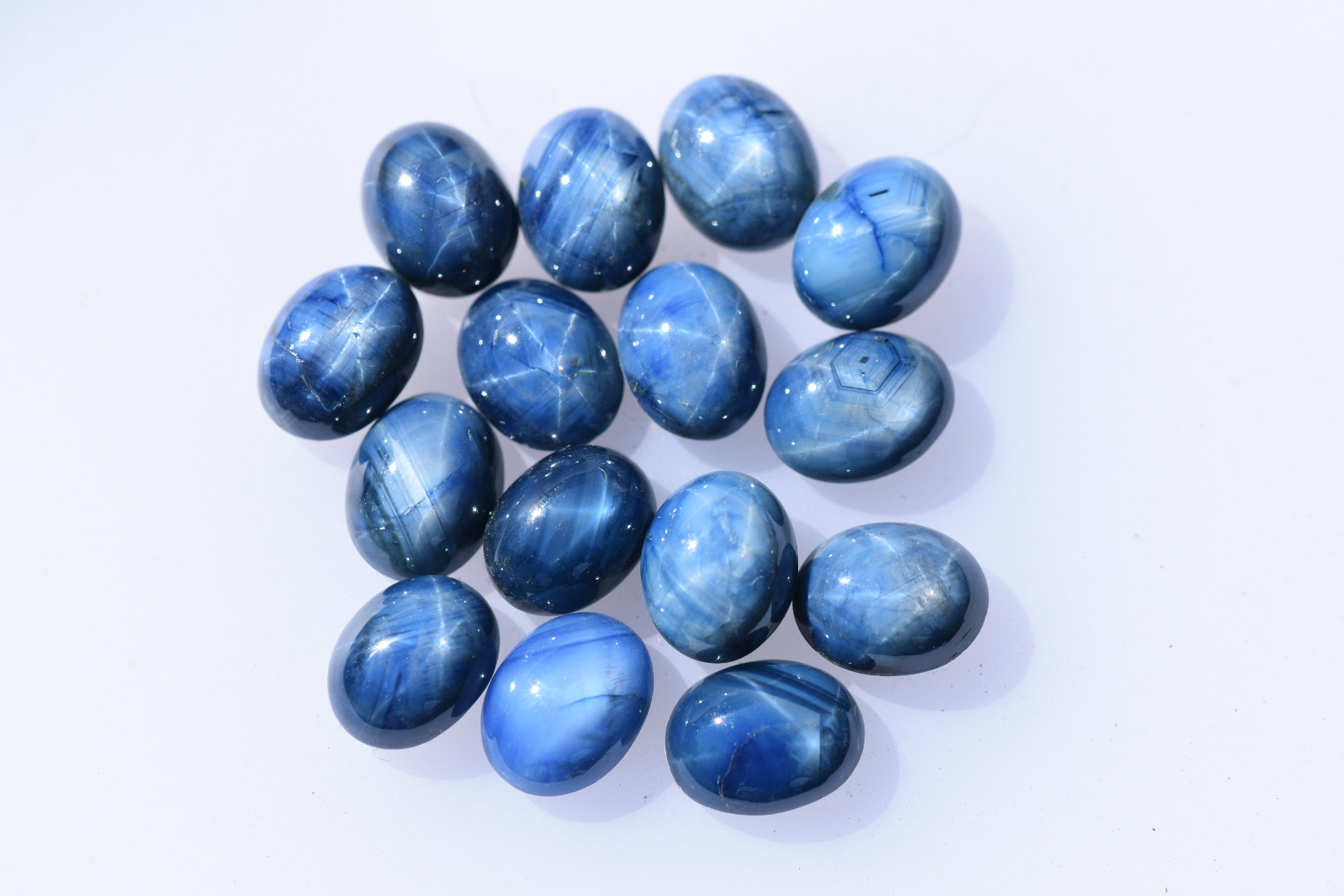

The mechanism responsible for the formation of the dual-color double stars is discussed. Grinding and repolishing experiments showed that the asterism of part of the synthetic samples was produced or enhanced by diffusion treatment. In transparent or translucent samples, an optical pattern of a white six-rayed star and a bodycolored (e.g., red, orange, yellow, green, blue) six-rayed star was frequently observed. To characterize and explain this phenomenon, examples of these materials were examined. ABSTRACTĪ largely overlooked form of asterism consisting of dual-color double stars is found in natural sapphire, in diffusion-treated and non-diffusion-treated synthetic rubies and sapphires, and in natural quartz. The large ruby cabochon measures 9.9 × 8.0 mm and weighs 3.39 ct.

The first commercially produced type of asteriated stones was opaque with a white, six-rayed star.

Synthetic star rubies and sapphires were manufactured by the Linde Air Products Company beginning in the late 1940s. Comprehensive CAD/CAM For Jewelry Certificateįigure 1.


 0 kommentar(er)
0 kommentar(er)
